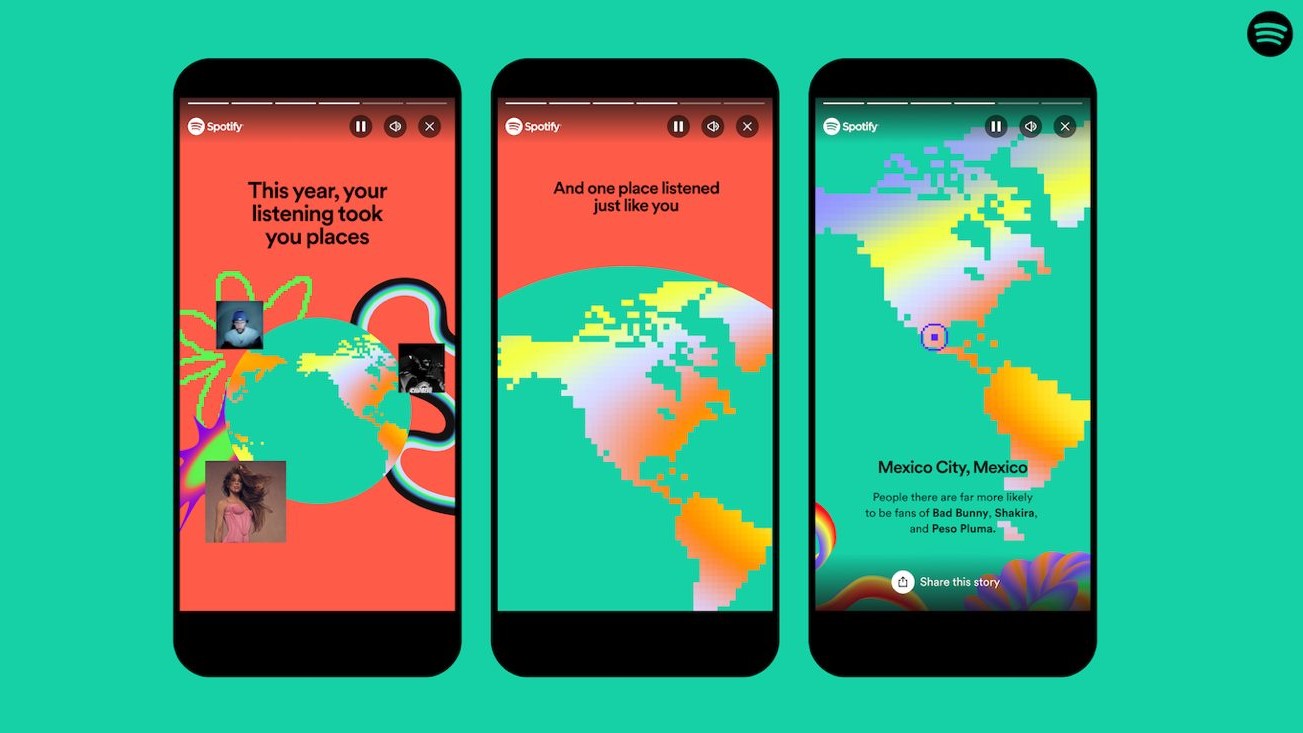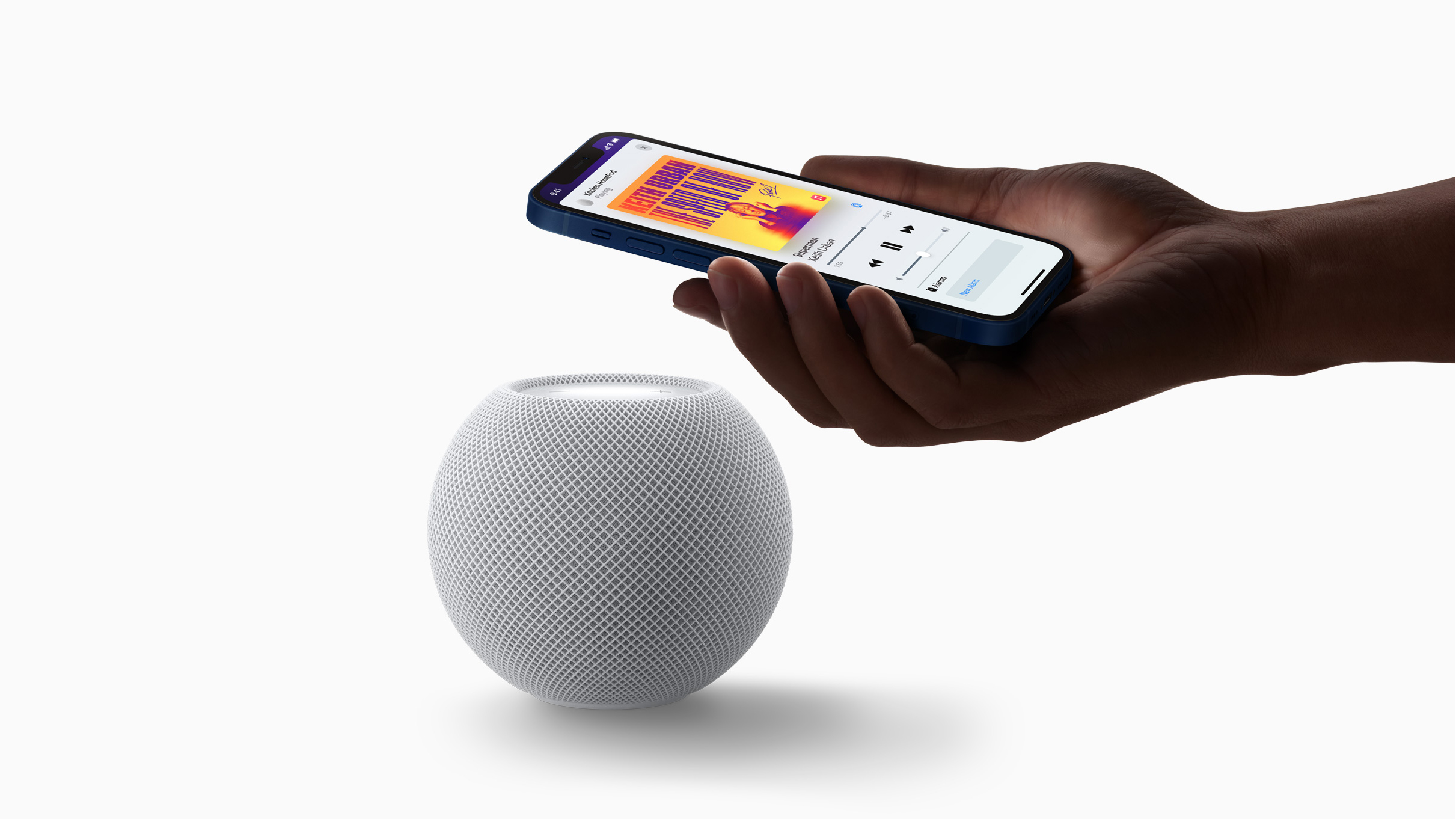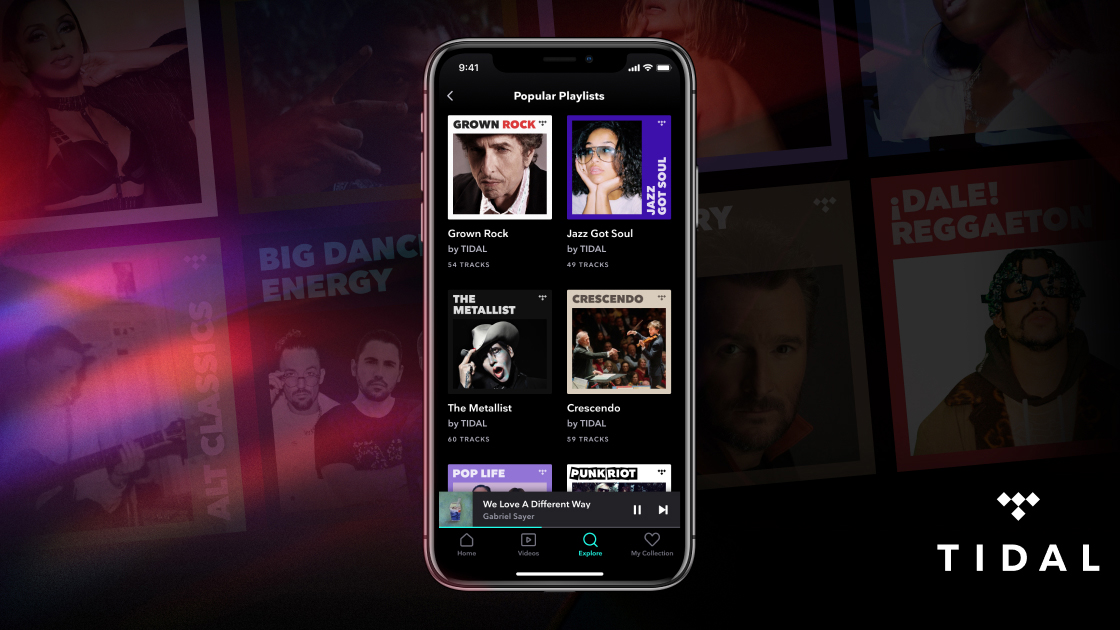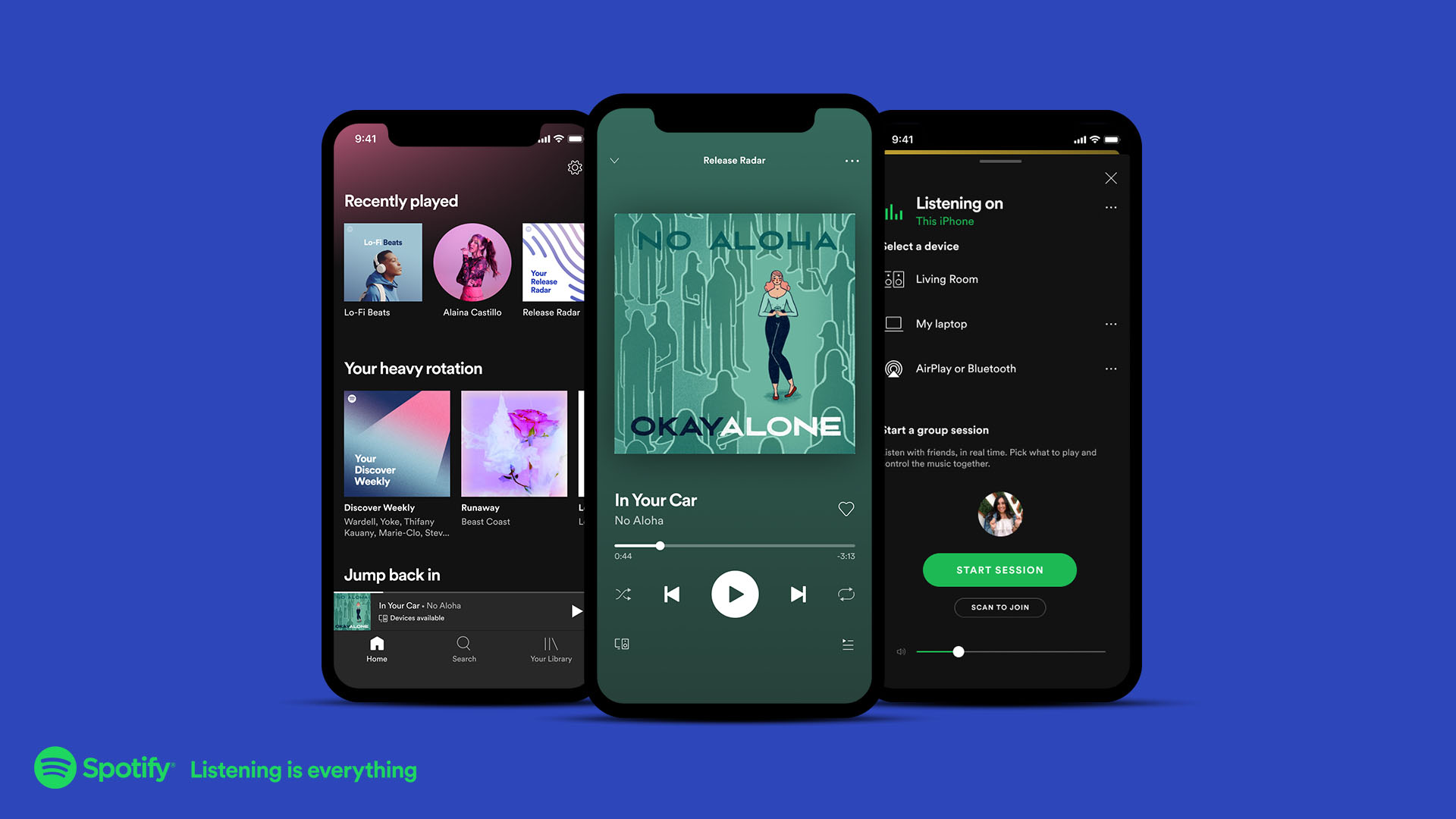
Fact one: music streaming has transformed the way we enjoy our favorite songs, albums and podcasts, offering millions of tracks from virtually anywhere at your fingertips.
Fact two: gone are the days of listening to filler because it's easier not to – Yellow Submarine is a playground chant that does its best to ruin the Beatles' Revolver – now you can listen to what you want, when you want. Heck, thanks to the streaming services' built-in algorithms, you can even open your horizons to stuff you've never heard of, instead of listening to Cruel Summer for 94,584th time on the sly because Taylor Swift taught you how to feel.
With so many options available, choosing the right service can feel overwhelming. Fear not, though – whether you’re an audiophile searching for the pristine sound quality that exposes Pulp's multi-channel mixing desk approach to Common People, a completist seeking Frank Zappa's vast back catalog, or someone who wants great value for the whole Bluey-loving family, there’s a platform tailored to your needs.
The best service for you depends a few things, including your budget, file quality preferences, device compatibility and whether you value personalized playlists or exclusive content. But we'll get to all of that. Relax, grab a mug or glass of something, and read on.
- The best music streaming services: Spotify, Apple Music, Tidal, Qobuz, and more
Though Spotify and Apple Music dominate the market in 2024, slightly more niche platforms such as Tidal and Qobuz cater to specialized needs, such as high-resolution audio, specific sub-genres or even (whisper it) actual human advice, and relative newcomers Amazon and YouTube have their own offerings too.
After extensive testing, we're going to break down the leading options, highlight key features, explore pricing tiers and evaluate extras that could sway your decision. Go ahead and Jump (right in...)
- The best headphones tested by our experts, for all budgets
- The best earbuds: wireless and wired buds for all budgets

How to pick a music streaming service: The best options
Each music streaming platform has its own unique strengths – and these might make choosing which is right for you all the easier.
Spotify is the standout one-size-fits-all option, thanks to its robust free tier and exceptional personalization features like AI DJ, Discover Weekly, Spotify Daylist and year-end Spotify Wrapped. The service is ideal for users who love discovering new music and sharing playlists with friends on social media.
Apple Music, on the other hand, is perfect for those immersed in the Cupertino giant's ecosystem – so those that have an iPhone, iPad, Mac, or iPod – offering seamless integration with devices, lossless, hi-res and spatial audio, and expertly curated playlists. Love a bit of karaoke? Check out Apple Music Sing. It's free with your Apple Music subscription and basically, it allows you to turn the vocal in almost any track right down… so that you can provide it!
For audiophiles, Tidal delivers hi-fi-quality sound with its newly streamlined Individual plan, and also offers better artist royalties. Amazon Music Unlimited is a no-brainer choice for Amazon Prime members, blending affordability with a growing library of HD and Ultra HD tracks, and YouTube Music excels in combining video content with audio, offering a unique appeal for those who enjoy discovering rare or niche tracks.
Additionally, platforms like Qobuz and Idagio cater to more specialized audiences, (people who know what they want, want it in hi-res, and can live without the social media stuff) providing high-resolution audio and a focus on classical music respectively.
- I switched through all the best music streamers for a month to compare them – here are the 7 biggest things I learned

How to pick a music streaming service: Key features
First up, library size and content variety are essential. Most major services boast catalogs of 80 to 100 million songs, but the availability of niche genres, podcasts (and increasingly video podcasts), live albums and other exclusive content can vary, and might make a difference.
Sound quality is another crucial factor, especially if you’re an audiophile who enjoys the slightest background 'oooh' from Mick Jagger in Gimme Shelter. While most services provide standard streaming quality, platforms like Tidal and Qobuz stand out with high-resolution audio options.
There have been long-term rumours of Spotify adding a HiFi service – and CEO Daniel Ek even confirmed a "deluxe" version was set to launch at some point – but so far we haven't seen it.
Personalization and curated playlists can enhance your experience by helping you discover new music. Spotify is renowned for its algorithm-driven recommendations, while Apple Music emphasizes human-curated playlists from experts like DJs and artists.
Device compatibility is also vital – your preferred service should work seamlessly across smartphones, smart speakers, gaming consoles and more. If you have an iPhone, Apple Music naturally integrates deeply, while Spotify works well more broadly.
Offline listening is a must-have feature for travelers, and social features like playlist sharing and music discovery through friends add a layer of interactivity, with Spotify leading the charge.

How to pick a music streaming service: Cost and subscription options
Pricing could be a significant factor when choosing a music streaming service.
For those looking to save, Spotify and YouTube Music offer free ad-supported tiers, though these come with limitations such as lower audio quality and no offline listening.
Premium plans now typically start at £9.99 or $9.99 per month, providing ad-free listening, offline downloads, and enhanced sound quality, although many services have raised prices in recent years due to inflation.
Audiophile services including Tidal, Apple Music and Qobuz charge more for high-resolution audio (there's no free Apple Music tier – and the service discontinued its cheaper Apple Music Voice plan in November 2023), but their offerings justify the extra cost for those who prioritise sound.
Family plans are an excellent choice for households, offering multiple profiles for around £15 or $15 per month. Students can often enjoy discounted rates, with some services providing up to 50% off. (Here's how to get a Spotify student discount, if you wanted that…)
Bundles are also worth checking out: Amazon Music Unlimited is cheaper for Prime members, and Apple Music can be included in the Apple One subscription bundle.
Many services offer free trials lasting one, three or even six months, making it easy to explore features before committing, and there may well be deals around during the holiday season.
- Apple Music vs Spotify vs Amazon Music HD vs Tidal Hi-Fi: which music streaming service is the best?

How to pick a music streaming service: Everything else
Beyond obvious differences such as price and device compatibility, there are several other things to consider.
Exclusive content is a significant draw for some users. Spotify leads the way with its popular podcasts and artist exclusives, while Apple Music offers live radio and unique releases. Smaller platforms can also sometimes offer exclusive content.
Podcasts and video content are increasingly important for modern streaming services. Spotify integrates podcasts seamlessly, while YouTube Music shines with its blend of video and audio.
Some platforms also cater to niche audiences, such as Idagio for classical music enthusiasts or Bandcamp for those who prefer supporting independent artists by buying (and streaming) music directly.
User experience is another factor. A clean interface, intuitive navigation and reliable search functionality can significantly enhance your enjoyment of the service and make discovering new music easier. Put Taylor down, you don't need to listen to her again.
- The best smart speaker: for Google, Alexa and Siri

How to pick a music streaming service: So which is best?
Ultimately, the best music streaming service depends on your personal priorities and preferences, principally among them what content you want to listen to.
If you value personalized playlists and social features, Spotify remains a top choice. Apple Music is a natural fit for users in the Apple ecosystem, offering high-quality audio and excellent device integration. Audiophiles might gravitate toward Tidal or Qobuz for their superior sound quality, while budget-conscious listeners might prefer Amazon Music Unlimited or YouTube Music for their affordability and unique offerings.
There’s no one-size-fits-all answer to this question. The ideal service for you will depend on your sound quality needs, content preferences, and budget. Do you have one of the best wireless speakers that supports AirPlay? That's an Apple Music thing; it works using your wi-fi to give you better quality audio. It's worth checking the spec sheet of the speaker (or speakers) you have, to better understand what might work best for you. Or, if you've just signed up for Apple Music and want to really make your playlists sing (any Bluetooth speaker will play files from your service over Bluetooth, but your home wi-fi offers better bandwidth and thus, improved audio) our guide to the best AirPlay speakers is the place to head.
Free trials are an excellent way to explore your options and find the platform that resonates most with your listening habits.
Spotify is the biggest service around, but there are plenty of reasons to pick another option – including hi-res audio and spatial audio content, as well as wireless speakers that support AirPlay or Tidal connect, say. Happy discovering!
More from TechRadar
- The best music streaming services: Spotify, Apple Music, Tidal, Qobuz, and more
- I changed this one small Spotify feature and it made my music sound dramatically better
- The best headphones tested by our experts, for all budgets







